
Conveniently located to serve Kelowna, BC.
Treatment Options
Laser Tattoo Removal
We will remove unwanted skin lesions with usually little to no sign afterwards.

Conveniently located to serve Kelowna, BC.
We will remove unwanted skin lesions with usually little to no sign afterwards.
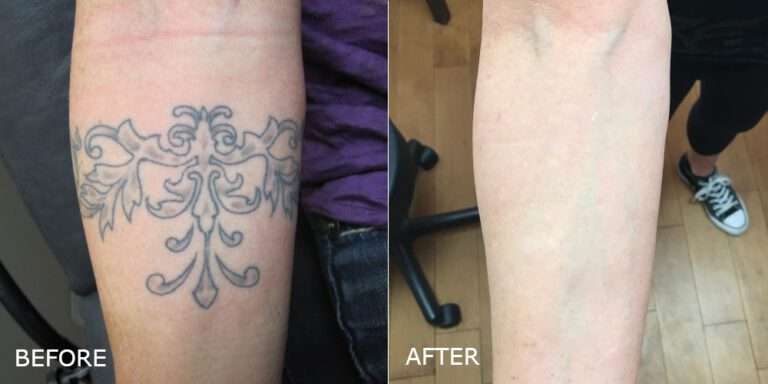
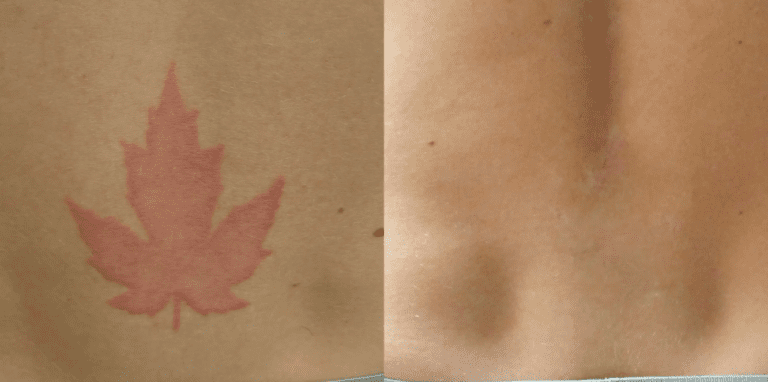

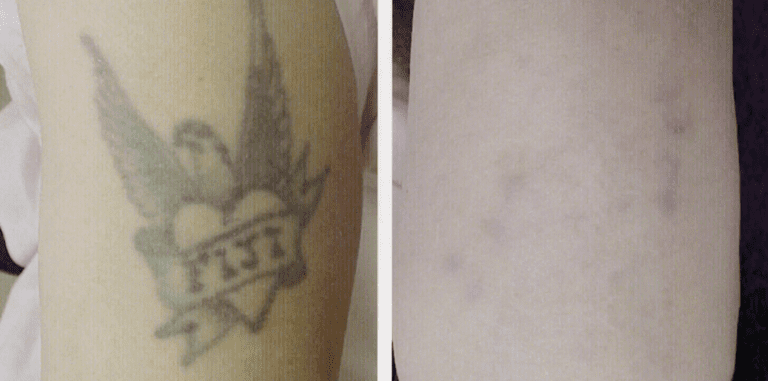
Just like skin, results may vary. These pictures (of our awesome, real-life clients!) help you see what is possible and set a realistic expectation.
We’d love to get to know you, learn more about your goals, and see what treatment options would suit you best.
Our laser tattoo removal treatments utilize the gentlest techniques for the most comfortable experience possible. The high quality, gold-standard devices at our clinic are capable of effectively removing dyes that could not be treated with older technology. Ask about our Alexandrite Laser, capable of removing dark greens and blues.
The DermMedica clinic is owned by Dr. Craig Crippen, an M.D. certified to perform these cosmetic procedures by the American Board of Laser Surgery. We have been performing these treatments for both men and women, safely, and in a relaxing environment, for more than 20 years.
Any patient with unwanted tattoos.
Normally, we perform a local anesthetic injection to numb the area completely prior to the laser treatment.
One of the tools we have is the Fotona QX MAX – the highest power available today in a Q-Switched laser. We also have two other devices including a Cynosure Accolade 755nm and a Hoya Con Bio Medlite laser which are both excellent for tattoo & pigment reduction. Some other brand names you may have heard about include both the Picoway and Picosure lasers (not currently available).
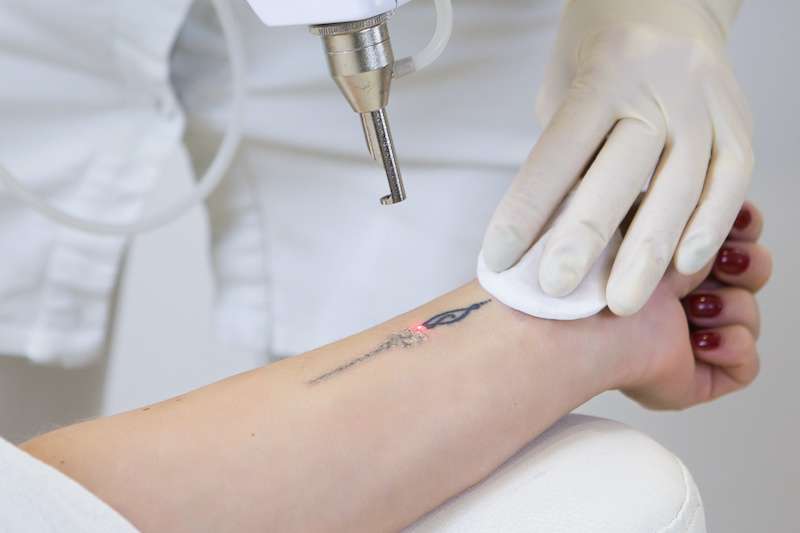
WHY CHOOSE US?: We have been performing tattoo removal since 1994 and have literally treated thousands of patients. Our laser tattoo removal devices are by Cynosure and Fotona, two well-known and high quality laser manufacturers. We have 3 wavelengths of light to treat your tattoos.
PROCEDURE TIME: 15-30 minutes depending on tattoo size and location
RECOVERY TIME: None, some redness and swelling is normal
LASTS: Permanent
TECHNIQUE: Laser removal of tattoo
RESULTS: 2-5 months to see results of each laser session
PAIN LEVEL: None with anaesthetic
ANESTHESIA: Local anaesthetic recommended, but not required. Small tattoos may not require any.

MATERIALS: Iron Oxide (Fe3O4) Iron Oxide (FeO) Carbon Logwood
COMMENT: Black ink is made from magnetite crystals, jet, wustite, bone black, and carbon. These pigments are often used in India ink.
MATERIALS: Ochre
COMMENT: Ochre contains iron oxide and clay. In its raw form, ochre is yellow in colour. After being heat treated, it changes to a brown-red colour.
MATERIALS: Cinnabar (HgS) Cadmium red (CdSe) Iron Oxide (Fe2O3) Napthol-AS pigment
COMMENT: Rust or iron oxide is reddish in colour and often used to make red ink. Cinnabar is the ore form of mercury. Both cinnabar and cadmium can be toxic and result in skin reactions and other minor health problems. Naphthol Red is a synthetic pigment. It is less toxic and lower risk than other forms of red pigment.
MATERIALS: disazodiarylide and/or disazopyrazolonecadmium seleno-sulfide
COMMENT: Orange pigments are made by condensing two mono-azo pigments. They are fairly stable and can be difficult to remove.
MATERIALS: Ochres
COMMENT: To make flesh tones, many pigments are combined. It can be difficult to predict how easy they will be to remove.
MATERIALS: Cadmium Yellow (CdS, CdZnS) Ochres Curcuma Yellow Chrome Yellow (PbCrO4, often mixed with PbS) Disazodiarylide
COMMENT: Turmeric and curcurmin are used to make curcuma. Yellow pigments may contain cadmium. This can be a cause of allergic reactions. In order to obtain a bright yellow effect, more pigment is often used with yellows.
MATERIALS: Chromium Oxide (Cr2O3), called Casalis Green or Anadomis GreenMalachite [Cu2(CO3)(OH)2] Ferrocyanides and Ferricyanides Lead chromate Monoazo pigmentCu/Al phthalocyanineCu phthalocyanine
COMMENT: Green ink usually contains a variety of pigments including yellow, red and Prussian blue.
MATERIALS: Azure Blue Cobalt Blue Cu-phthalocyanine
COMMENT: Cooper salt-based blue pigments are the safest. They are often used in kids products and contact lenses. Other blues are made with azurite, lapis lazuli, cobalt aluminum oxides and chromium oxides.
MATERIALS: Manganese Violet (manganese ammonium pyrophosphate) Various aluminum salts Quinacridone Dioxazine/carbazole
COMMENT: Purple pigments vary in how stable they are. Some are photoreactive and lose colour after being exposed to light. Others like dioxazine and carbazole are more stable.
MATERIALS: Lead White (Lead Carbonate) Titanium dioxide (TiO2) Barium Sulfate (BaSO4) Zinc Oxide
COMMENT: White pigments can either be used alone or to change the colour of other pigments. They can be unpredictable to remove and sometimes become darker or turn black with treatment.

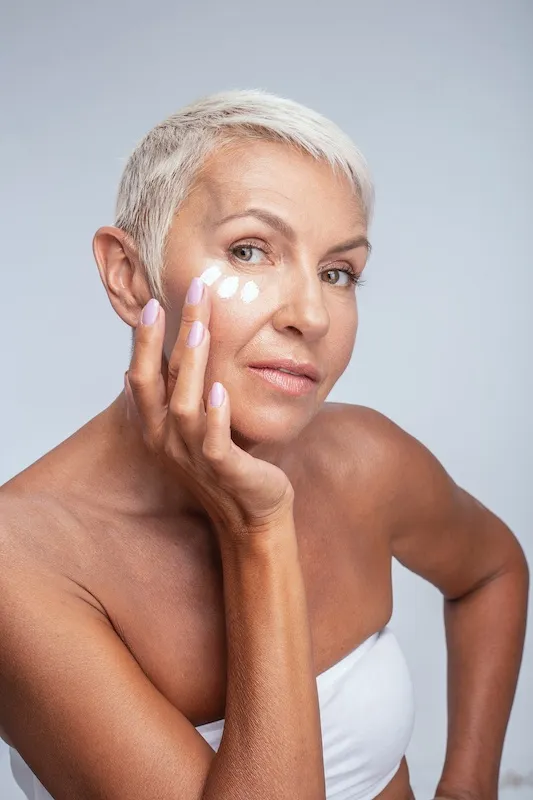
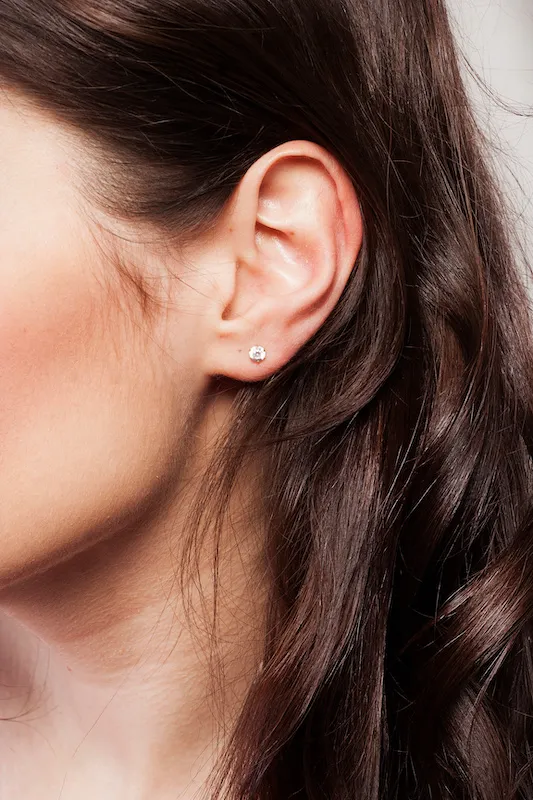
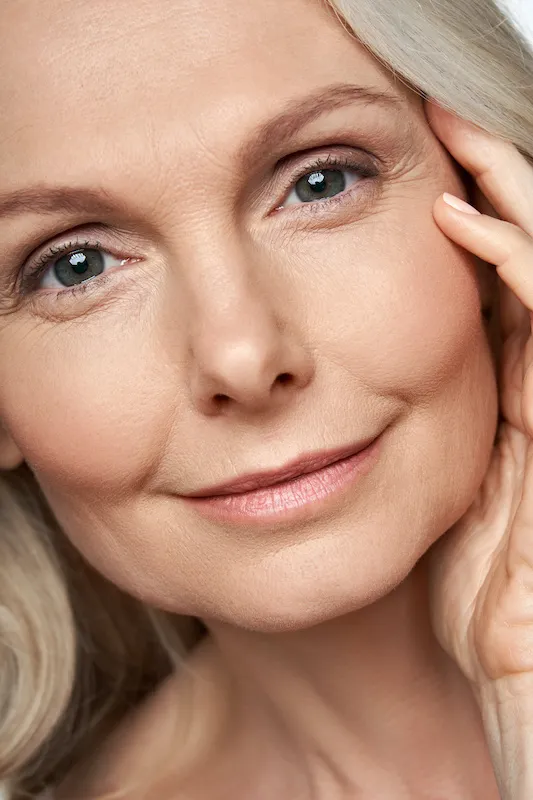

3477 Lakeshore Rd #200, Kelowna, BC V1W 0A7, Canada